Efficiency
More than simply better fuel economy, efficiency is the overall performance optimisation of every process, mechanical or electronic; to use lesser electricity and create lower friction wherever possible. Using advanced engineering techniques to integrate electronics into more processes and vehicular functions, it is possible to achieve higher levels of efficiency, saving precious fuel and taxing the environment much lesser in the process as well.
8HP A/T
With the 8HP eight-speed automatic transmission, the Maserati Ghibli S gets eight ratios to play with, allowing for harder, more aggressive and urgent acceleration when needed, or quicker up-shifts that save more fuel while still teasing the power-band to deliver an engaging drive. A twin-turbo V6 petrol engine with 410 PS is definitely not going to win a fuel economy challenge anytime soon, but the advanced transmission allows for improved fuel efficiency.
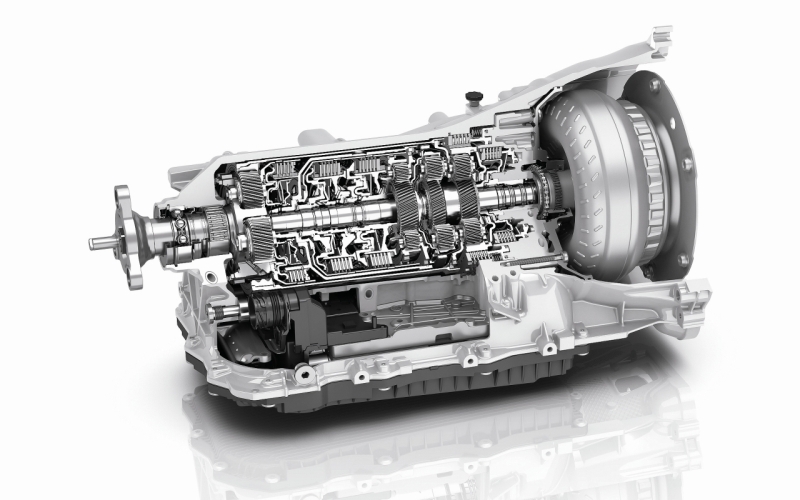
Gen-2 A/T with Active Decoupling: One of the many times a car can save on fuel is while coasting or when the driver lifts off the throttle. There’s no need for the clutch to be engaged, and, thus, at high speeds, the second-generation 8HP does just that: decouple the clutch from the engine. We had the BMW X6 xDrive to sample this new transmission. At speeds of 80 km/h or thereabouts, lift off the throttle and the engine revs drop from 2,000 RPM to just about 700, that is, idle speed. Get on the accelerator and the two are coupled again. The same happens when the brake pedal is used, with engine braking allowing for a shorter braking distance with greater stability.
Plug-in Hybrid A/T: With the need to cut down on exhaust emissions, smaller engines which also act as generators for the hybrid drive system have stepped in in a big way. Having a modular architecture helps ZF tailor transmission systems to suit specific requirements. The new 8HP plug-in hybrid transmission liberates more dynamic performance from electric cars, allowing higher top speeds and much greater driving range. The electric motor is fully integrated into the transmission housing and has a 90 kW (122 PS equivalent) peak output with a 45-kW (61 PS) continuous output. Furthermore, the integrated starting element can handle up to 550 Nm of starting torque. An all-electric range of up to 50 km can also be achieved, depending on the battery-pack.
9HP A/T
Designed specifically for front-transverse-engine layouts, the 9HP nine-speed automatic transmission from ZF boasts of nine gears. This not only benefits efficiency, but also aids dynamic performance with the ability of the system to shift up, or down, several gears at a time. For example, with the 9HP, travelling at a constant 120 km/h is 16 per cent more efficient as compared to the old six-speed unit. There are two versions of the 9HP:
E-Shift: The Honda CR-V is a very popular family car, while also being an incredibly practical and complete car in general. It now benefits from added efficiency thanks to a new twin-turbo diesel engine and the 9HP nine-speed automatic transmission from ZF. With a 1:1 fifth gear ratio and overdrive ratios from sixth to ninth, the CR-V enjoys a balance of brisk acceleration with higher fuel efficiency. The same transmission is also seen in the Range Rover Evoque. We tested the car a few months ago. When prodded in ninth, the transmission dropped to third to deliver a surge of acceleration. Very nice indeed!
EM-Shift: Having a bump on the under-side or with the transmission tunnel is never a good thing. The last thing anyone needs when adventuring is to be stranded in the middle of nowhere. With the EM-Shift 9HP, restarting the car allows for an auxiliary drive using only the fourth gear which can get you out of said nowhere and into civilisation or a workshop, whichever comes first. We drove the Jeep Cherokee CRD 4×4 equipped with this transmission and, although it felt like the other nine-speeder, it was reassuring to know about its capabilities in trying times.
Axle Drive
ZF have a drive module with an asynchronous electric motor centrally mounted on the axle. The module also houses the differential, cooling unit and electronics, including all the software. The high-revving electric motor uses a single-speed transmission to deliver up to 115 kW (156 PS equivalent) at speeds as high as 21,000 RPM. The peak axle torque is 2,500 Nm of which 200 Nm of motor torque can be produced for a standing start. Acceleration from 0 to 100 km/h takes about nine seconds and has zero emissions, while producing almost no sound.
Electric Twist Beam (eTB)
A sub-compact with up to 1,400 Nm of torque? Yes, that’s right. With a 40 kW (54 PS equivalent) and 700 Nm electric motor mounted on either side of the rear axle, the eTB allows for real-time dynamic torque vectoring, with each motor individually driving each rear wheel. While cornering, the torque output monitor on the in-dash display – in what was basically a Suzuki Ritz – showed 150 Nm to the rear left wheel and 650 Nm to the rear right wheel, literally pushing the car into the corner and allowing it to power out with authority. Although the torque output figure seems exceptionally high, the high gear reduction means it’s very usable and easy to put down.
Composite Leaf Spring
A lightweight, stronger suspension unit, the Composite Leaf Spring, exhibited on a VW Golf 1.4 TSI, saves up to six kilos and is 10-15 per cent lighter than a conventional steel set-up. Glass-reinforced polymer (GRP) is used to construct this piece which takes care of guiding, stabilising and suspension at the rear. The greater integration of components has also reduced the complexity of its construction. Even on track, the Golf felt nimble and planted with this set-up and we hope to see how this unit fares in other cars too.


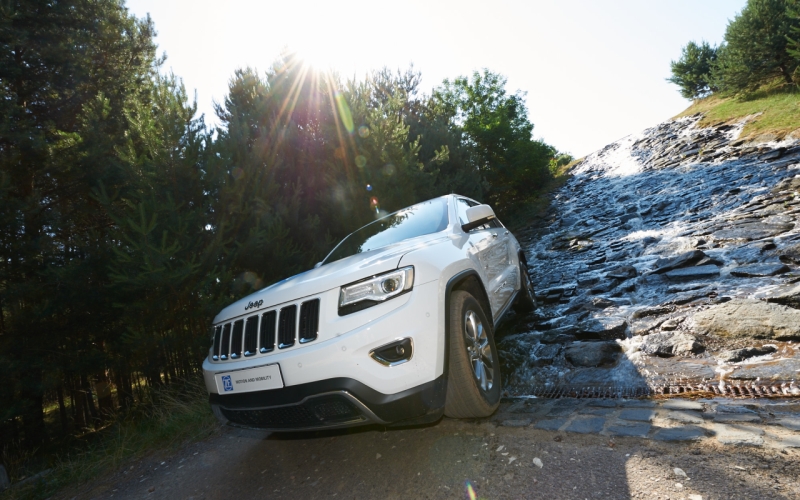
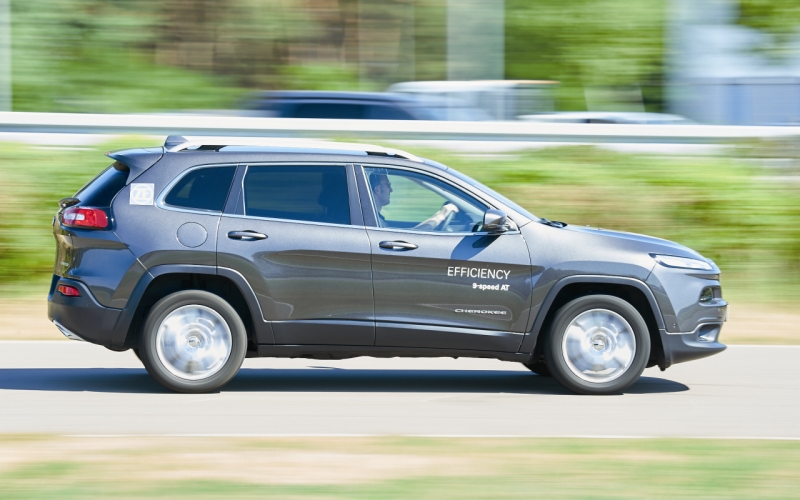
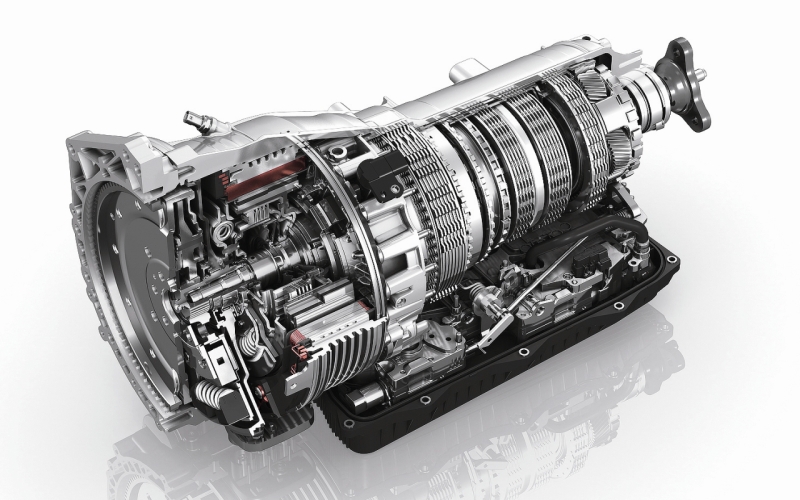
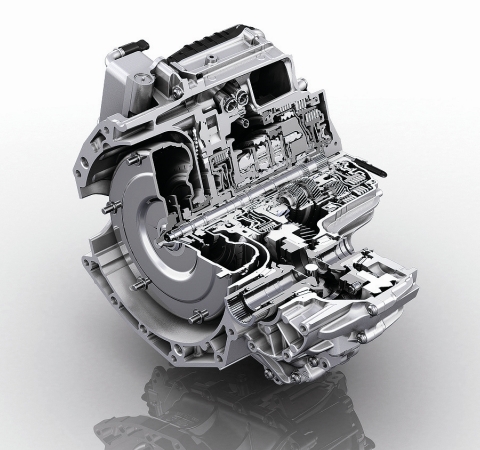
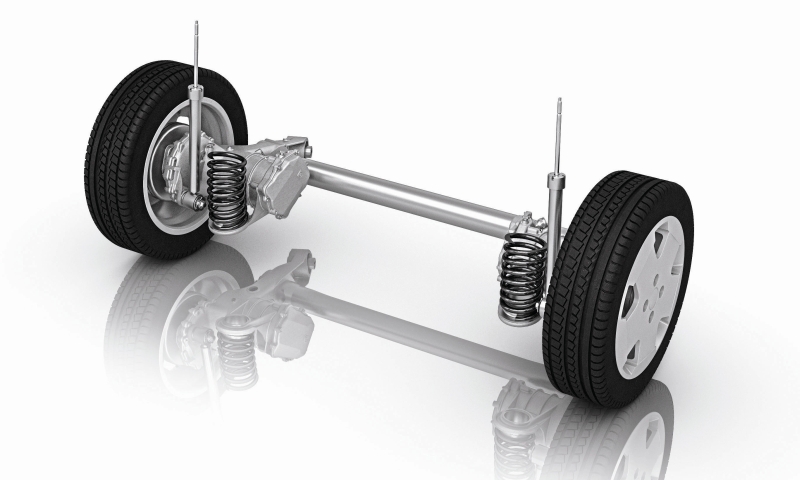
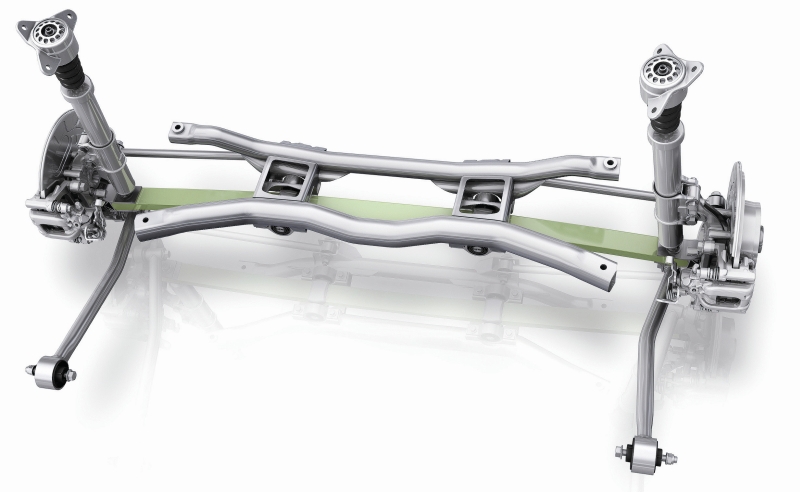




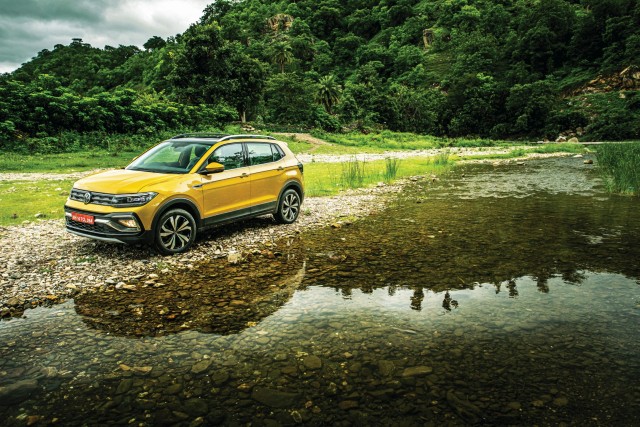
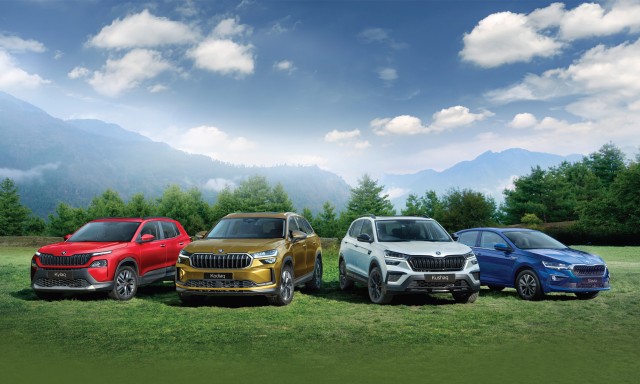

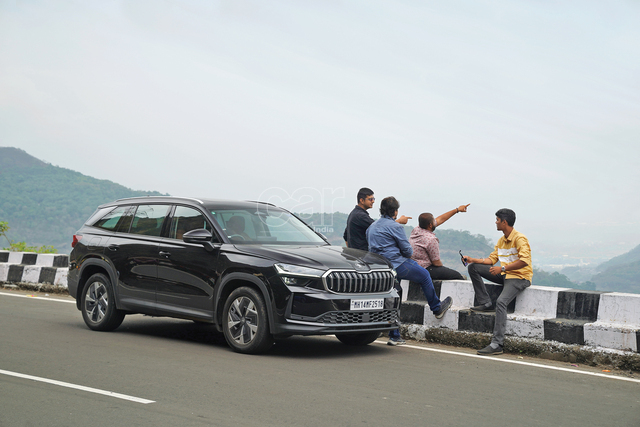



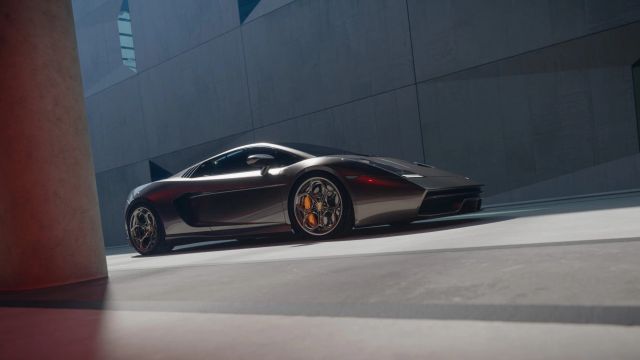
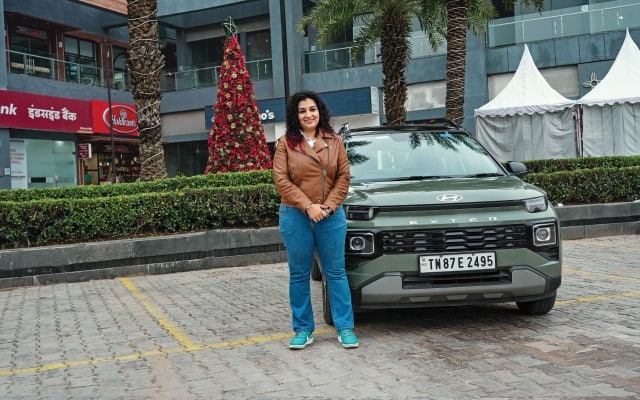

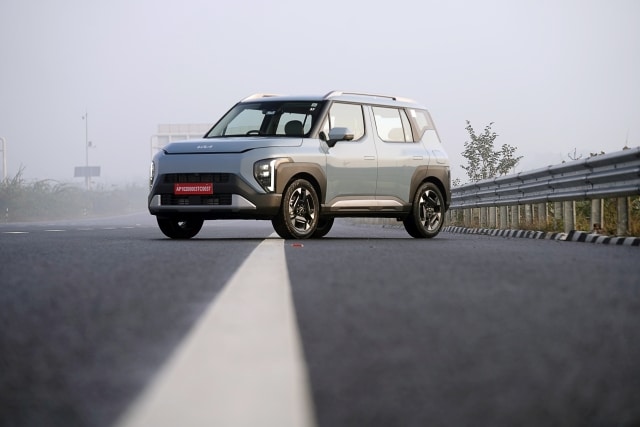




Leave a Reply